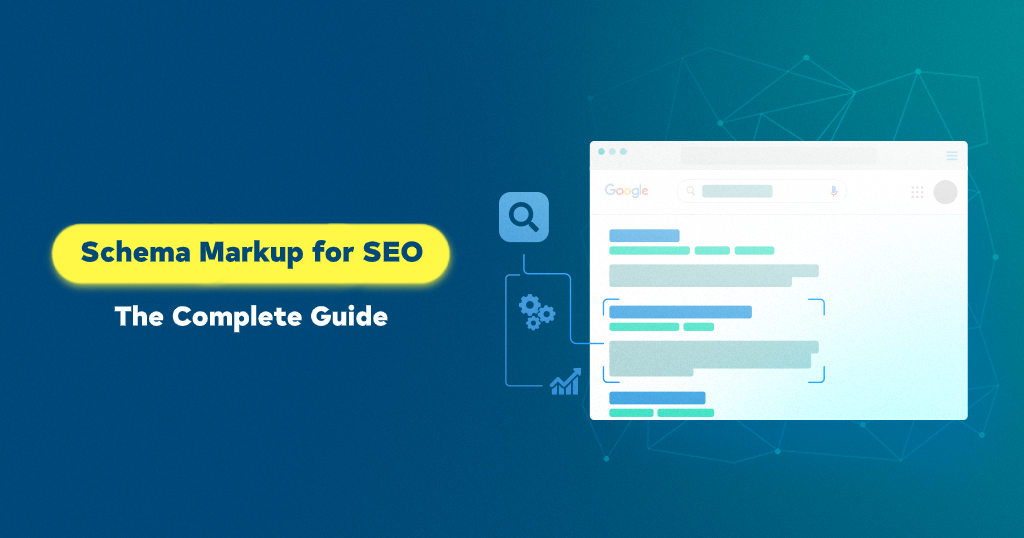The Comprehensive Overview to Schema Markup: Boosting Your Site's Position and Click-Through Fees
In the ever-evolving landscape of digital advertising and marketing, methods that boost a site's exposure and efficiency are extremely important. One such strategy that has gotten substantial focus is schema markup. This structured data vocabulary can offer online search engine with important understandings right into the web content of a webpage, potentially increasing its ranking and click-through prices. As services make every effort to improve their online presence, understanding the details of schema markup becomes not just advantageous yet essential. Join us as we explore the comprehensive guide to utilizing schema markup successfully and uncover the potential it holds for your website's success.

Comprehending Schema Markup Essentials
In order to boost the presence and internet search engine ranking of a website, it is important to comprehend the fundamental principles of Schema Markup. Schema Markup is a structured data vocabulary that assists online search engine comprehend the material on a web page better. By executing Schema Markup, site owners can provide search engines with in-depth info regarding their content, resulting in abundant fragments that appear in search results. These abundant bits can include additional details such as scores, evaluations, pricing, and more, making the search results extra insightful and eye-catching to individuals.
Comprehending Schema Markup fundamentals entails learning about different types of schema vocabulary, such as Company, Item, Article, and Local Service, amongst others. By appropriately implementing schema markup on a web site, businesses can boost their opportunities of rating greater in search engine results pages and attracting more natural website traffic.
Types of Schema Markup
Covering a diverse variety of structured data vocabularies, Schema Markup encompasses various types that accommodate certain material contexts on web pages. One typical kind is the 'Organization' schema, which offers internet search engine with thorough details concerning a business or firm, including its name, logo design, call details, and social accounts. An additional essential schema type is 'Article', which aids internet search engine recognize the web content of a web page as a write-up, allowing them to show rich snippets like the heading, writer, and publication day in search engine result.
For shopping internet sites, the 'Product' schema is critical, as it allows for the inclusion of item details such as price, availability, and reviews directly in search results. Comprehending the various kinds of schema markup offered and applying them purposefully can considerably boost a site's presence and click-through rates.
Executing Schema Markup Properly
With a strong understanding of the diverse sorts of schema markup readily available, the focus currently changes in the direction of properly implementing this structured information to optimize site efficiency and exposure. The primary step in executing schema markup properly is to identify the most appropriate schema kinds for your web content. Whether it's a product web page, a dish, an occasion, or a local company, choosing the ideal schema markup will certainly provide search engines with the required context to show rich bits in search outcomes.
As soon as you have actually picked the relevant schema types, the next important element is appropriately including the markup to your web site's code. This can be done by hand by adding the schema markup directly to the HTML code of your pages or by using Google's Structured Data Markup Helper for a more guided approach. Confirming the markup using Google's Structured Data Screening Device is necessary to ensure that there are no mistakes in the execution.
Regularly keeping track of and upgrading your schema markup according to any adjustments to your material or Google's guidelines is essential for keeping its performance in improving your website's ranking and click-through prices.
Schema Markup Best Practices
Making use of schema markup finest techniques is necessary for look at here now making best use of the effect of structured data on your website's online search engine visibility and efficiency - Schema Markup. To ensure optimal outcomes, it is important to follow certain guidelines when carrying out schema markup on your website
First of all, focus on making use of the most certain schema types that precisely define the content on each web page. This specificity assists internet search engine comprehend the context of your web content much better, resulting in boosted positions pop over here for relevant searches. In addition, make sure to comply with the standards given by schema.org to guarantee that your markup is properly applied and up to date with the latest standards.

Measuring Schema Markup Impact
Gauging the impact of schema markup on a website's performance is important for examining the performance of organized information application. By examining crucial metrics prior to and after schema markup combination, web site owners can acquire important insights into the impact of structured data on their search engine presence, click-through rates, and overall customer involvement. Among the primary ways to determine schema markup influence is through tracking adjustments in organic search website traffic, as organized information can result in boosted search engine result listings, potentially boosting click-through prices.

Verdict
Finally, carrying out schema markup on your internet site can dramatically boost your ranking and click-through rates. By understanding the basics of schema markup, making use of different types successfully, and adhering to best techniques, you can enhance your web site's exposure in online search page engine outcomes. It is essential to gauge the effect of schema markup on your internet site to track its effectiveness and make required modifications for ongoing success.
Comments on “Advanced Schema Markup Techniques: Take Your Search Engine Optimization to the Next Level”